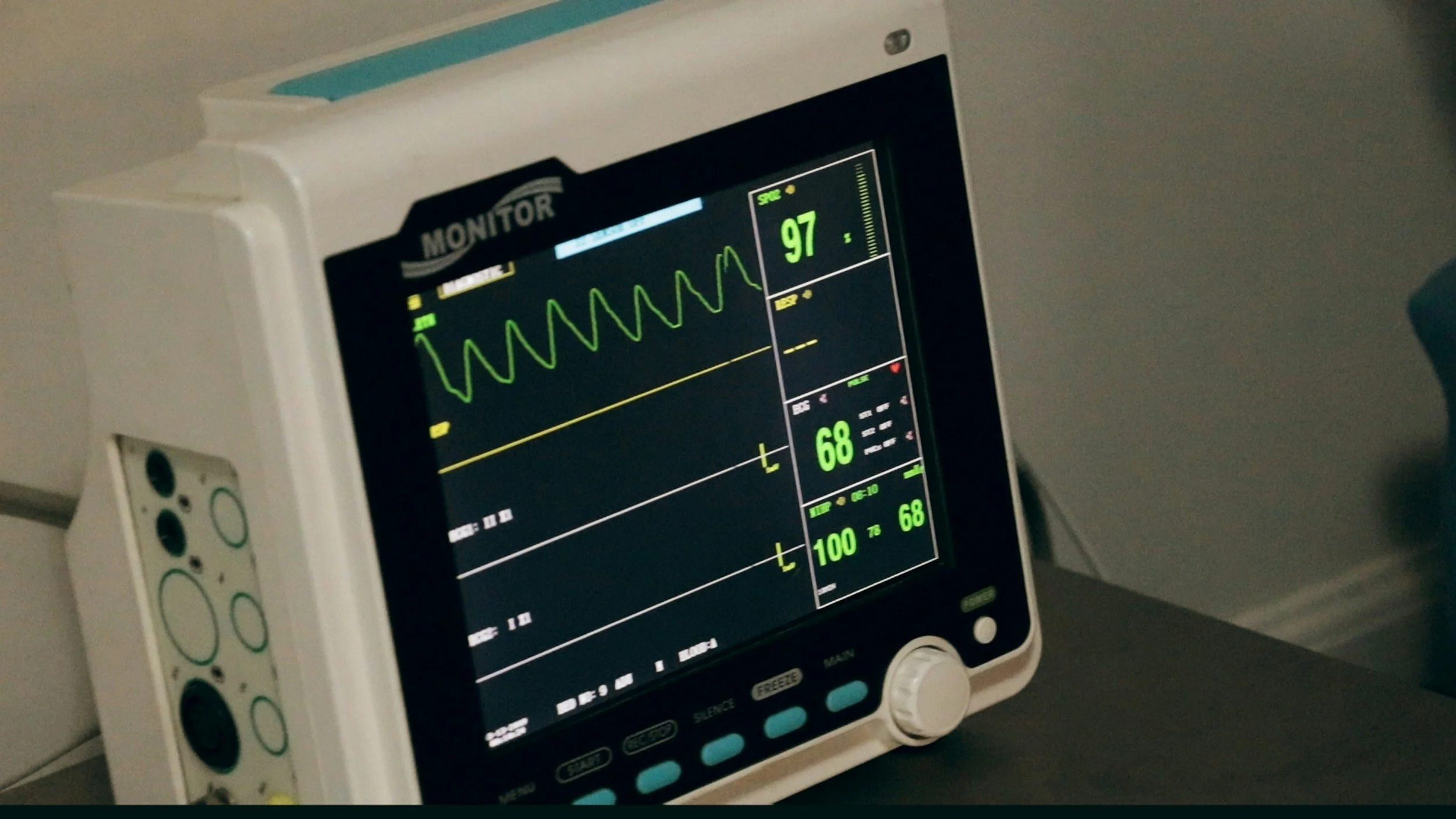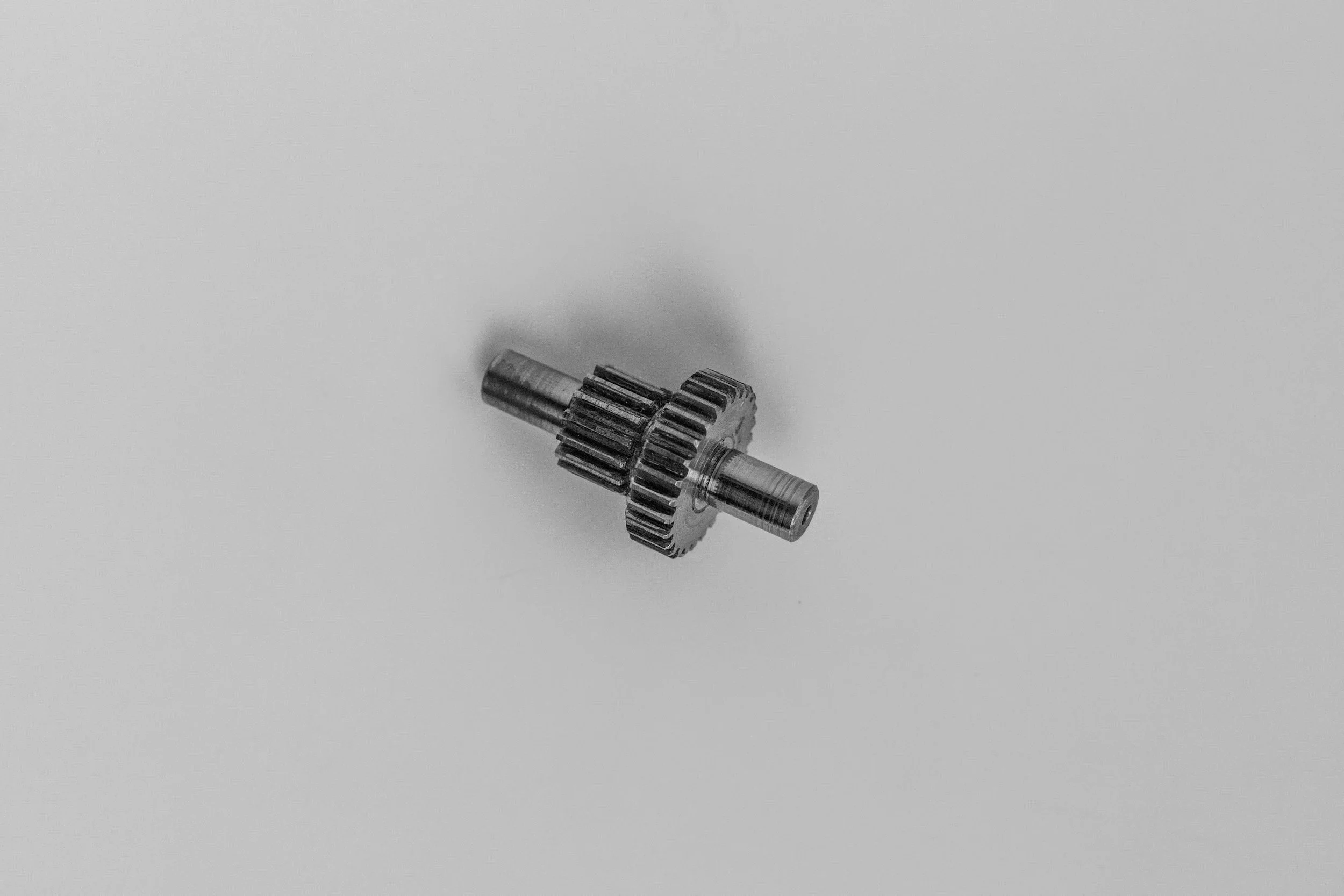Benefits of Hair Testing for Anti Aging
/Hair testing for minerals and heavy metals offers several benefits, including:
Non-invasive: Hair testing is a non-invasive method of assessing mineral and heavy metal levels in the body. It involves collecting a small sample of hair, which can be easily obtained from the scalp or other areas of the body.
Long-term exposure assessment: Hair provides a record of mineral and heavy metal exposure over an extended period. Since hair grows at a relatively slow and consistent rate, a strand of hair can provide information about exposure to minerals and heavy metals over several months.
Comprehensive analysis: Hair testing can provide a comprehensive analysis of mineral and heavy metal levels. It allows for the assessment of a wide range of elements, including essential minerals like zinc, iron, and magnesium, as well as toxic metals like lead, mercury, cadmium, and arsenic.
Early detection of imbalances or toxicity: Hair testing can help detect imbalances or excessive levels of minerals and heavy metals before symptoms manifest. This early detection can enable proactive measures to address potential deficiencies or reduce exposure to toxic elements.
Monitoring treatment progress: For individuals undergoing treatments for mineral deficiencies or heavy metal detoxification, hair testing can be used to monitor the effectiveness of interventions over time. By periodically testing the hair, changes in mineral and heavy metal levels can be tracked to assess treatment progress.
Individualized nutritional guidance: Hair testing results can provide valuable insights into an individual's nutritional status and help tailor personalized dietary and supplement recommendations. Identifying mineral imbalances or deficiencies can guide interventions to optimize nutritional health.
Occupational and environmental exposure assessment: Hair testing is valuable in assessing occupational or environmental exposure to heavy metals. It can be used to identify potential sources of contamination and evaluate the effectiveness of workplace safety measures or environmental remediation efforts.
Research and epidemiological studies: Hair testing data can be used in research and epidemiological studies to investigate associations between mineral/heavy metal levels and various health conditions. This information can contribute to a better understanding of the impact of these elements on human health.































